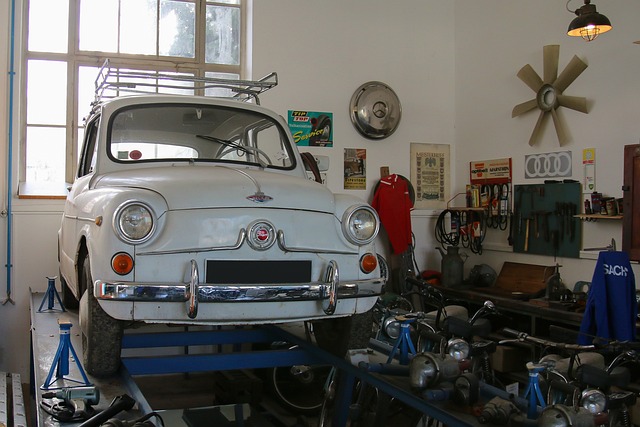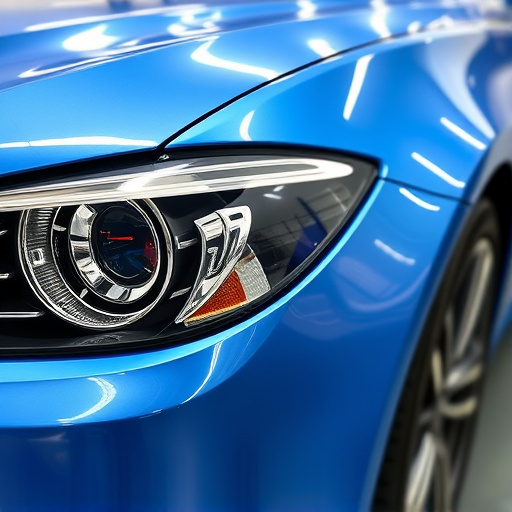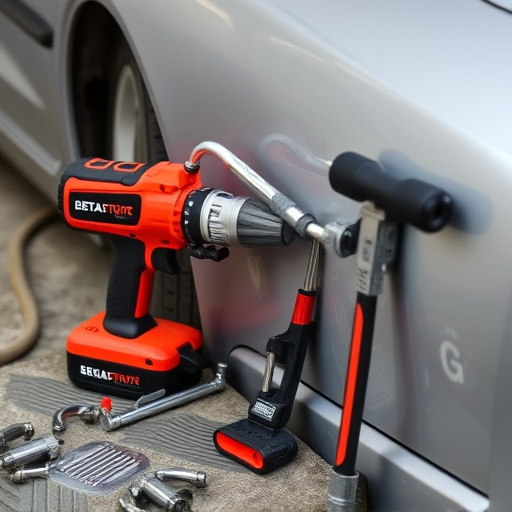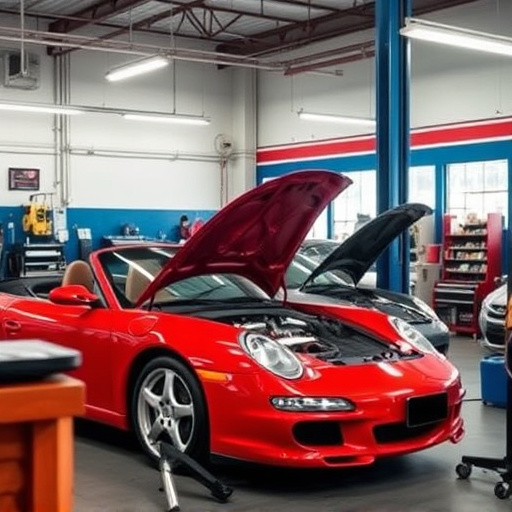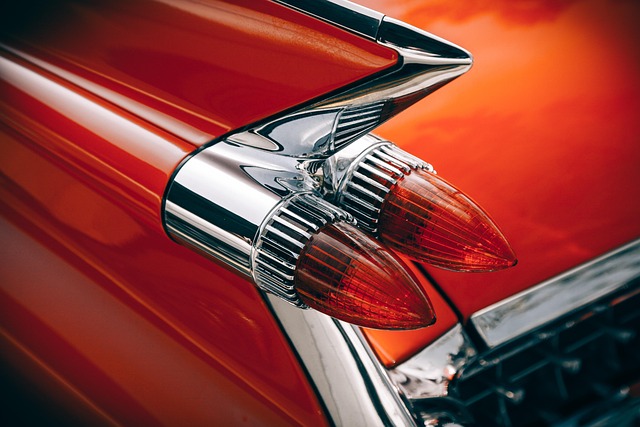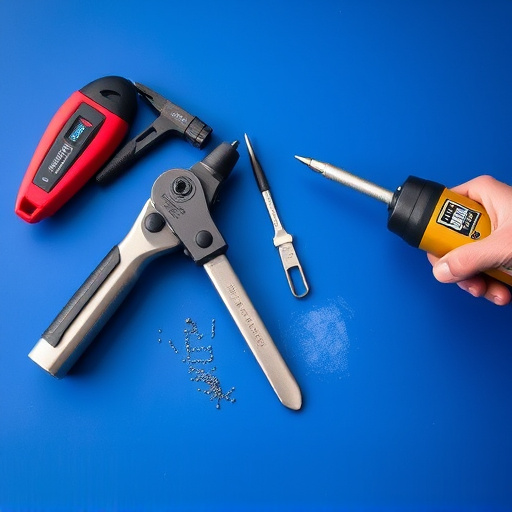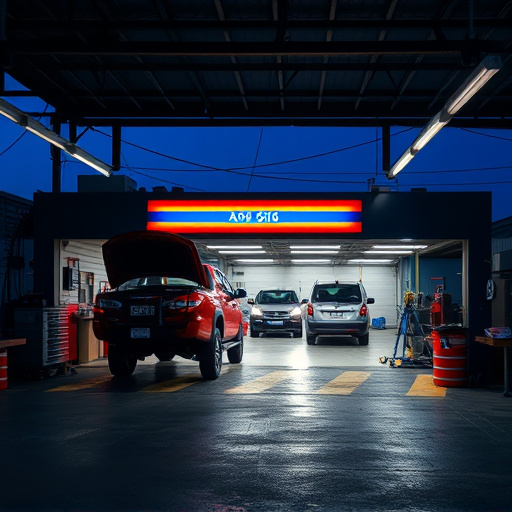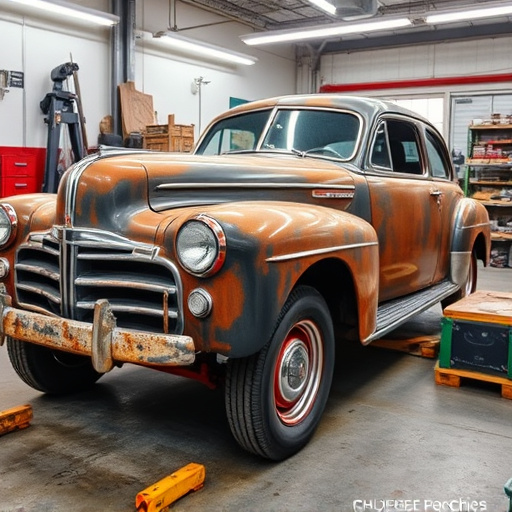Full panel replacement in luxury vehicles like Mercedes Benz involves meticulous inspection, precise cutting and fitting of new panels, expert painting, and use of advanced tools & techniques. Skilled technicians leverage CAD software, knowledge of vehicle manufacturing, and high-quality parts to ensure perfect alignment, prevent future issues, and maintain vehicle safety.
In the realm of automotive maintenance, full panel replacement is a critical skill for technicians. This comprehensive guide delves into the intricacies of performing accurate full panel replacements, offering a step-by-step approach. From understanding the essential components to mastering specialized tools and techniques, every detail matters. Learn best practices ensuring precision and successful installation, vital for both technician efficiency and vehicle longevity.
- Understanding Full Panel Replacement: Essential Steps Involved
- Tools and Techniques: What Technicians Need to Know
- Ensuring Accuracy: Best Practices for Successful Installation
Understanding Full Panel Replacement: Essential Steps Involved

Full panel replacement is a critical process in auto body repair, particularly for luxury vehicle brands like Mercedes Benz. It involves the meticulous task of swapping out an entire exterior body panel, ensuring both structural integrity and aesthetic precision. This advanced procedure demands a deep understanding of the vehicle’s design and intricate knowledge of autobody repairs.
The essential steps begin with careful inspection to identify damaged or deteriorated panels. Technicians then prepare the surface by removing any remaining debris or old paint. The process continues with precise cutting, molding, and fitting of new panels to match the vehicle’s exact specifications. In Mercedes Benz repair, attention to detail is paramount, ensuring each panel aligns perfectly with the car’s iconic design. Finally, a meticulous application of primer and paint completes the full panel replacement, restoring the vehicle’s original appearance and enhancing its overall value through expert autobody repairs.
Tools and Techniques: What Technicians Need to Know

Technicians performing a full panel replacement require a comprehensive set of tools and an understanding of advanced techniques. The process demands precision and expertise to ensure the vehicle’s structural integrity and aesthetic appeal are maintained. A collision repair shop relies on technicians armed with the right tools, including specialized welding equipment, impact guns, and precise cutting tools, to handle various materials such as steel, aluminum, and composite panels.
For a seamless full panel replacement in a Mercedes Benz collision repair, for instance, technicians must possess skills in robotic welding for intricate joins and precision painting techniques to match the vehicle’s original finish. They should also be adept at using computer-aided design (CAD) software for accurate measurements and 3D imaging to visualize the repair process, ensuring every detail is accounted for. These techniques, combined with a thorough understanding of vehicle manufacturing processes, empower technicians to execute complex full panel replacements effectively.
Ensuring Accuracy: Best Practices for Successful Installation

When performing a full panel replacement, ensuring accuracy is paramount to prevent future issues and ensure vehicle safety. Technicians should start by carefully examining the existing panel, identifying any pre-existing damage or deformities that could impact the new panel’s fit. Precise measurements are crucial; using specialized tools to take multiple dimensions ensures the new panel will align perfectly with the vehicle’s structure.
Best practices include double-checking hardware specifications and compatibility with the specific vehicle model. Proper alignment is key; technicians must refer to detailed repair manuals or factory diagrams to ensure accurate positioning of the panel. Additionally, utilizing high-quality replacement parts from reputable manufacturers is essential for long-lasting results. This meticulous approach, combining thorough inspection, precise measurement, and use of quality materials, guarantees a successful auto glass replacement or vehicle body repair, minimizing the risk of future dent repair or structural complications.
Full panel replacement is a critical process that requires precision and expertise. By understanding the essential steps, utilizing the right tools and techniques, and adhering to best practices, technicians can ensure accurate installations. This not only guarantees optimal performance but also extends the lifespan of equipment, making it a crucial skill in the industry.
